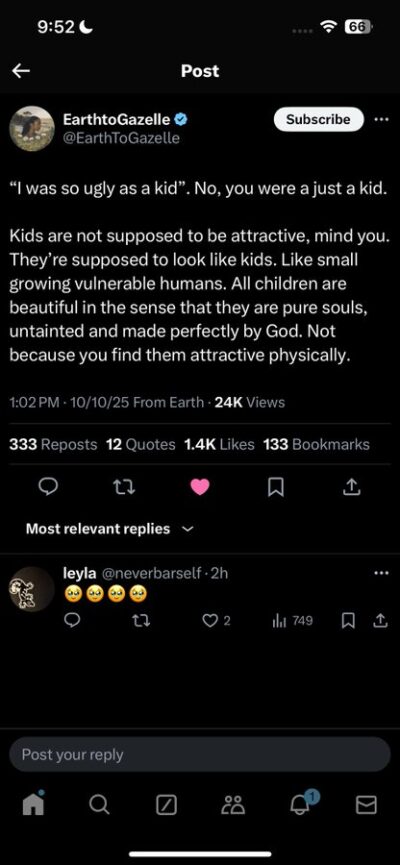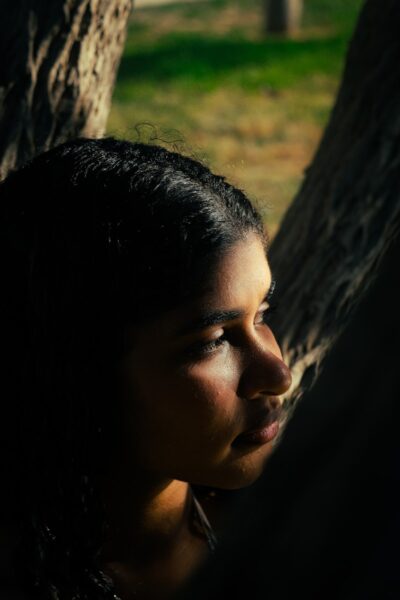Somewhere along the way, adults started talking about children as if they were here to please our eyes.“She’s so pretty.”“He’s going to be a h
Somewhere along the way, adults started talking about children as if they were here to please our eyes.
“She’s so pretty.”
“He’s going to be a heartbreaker.”
“She’s gorgeous for her age.”
“It is good that she isn’t too dark”
“As long as she doesn’t gain too much weight, ya know?”
Pause.
Children aren’t here to be attractive. They’re here to be.
To learn.
To laugh.
To run wild through sprinklers.
To make art with glue in all the wrong places.
To dream up worlds where unicorns, dinosaurs, and grandmas all live happily together.
Their beauty isn’t in bone structure, whether they are dark skin or light skin, or body shape.
It’s in the light behind their eyes when they feel safe and seen. It’s in the sound of their laughter when they are loved without condition. It’s in their curiosity, their questions, and their growing sense of self.
When adults measure children’s beauty by adult standards, something goes terribly wrong.
We shift their focus from being enough to being pleasing.
We teach them that what matters most is how they look — not who they are.
And in doing so, we dim the purest light they have: the joy of simply existing as children.
So we must remind them — and ourselves — that a child’s beauty is sacred, uncommercialized, and wholly their own.
It’s the way they share half a cookie with a friend.
The way they dance without music.
The way they believe in possibilities we’ve long forgotten.
They are beautiful because they are growing.
They are beautiful because they are learning to love themselves in a world that often forgets how.
Every day, whisper it back to them:
“You are beautiful in your own way. You are enough. You are loved.”
Let’s teach children that beauty isn’t something to perform — it’s something to live.
